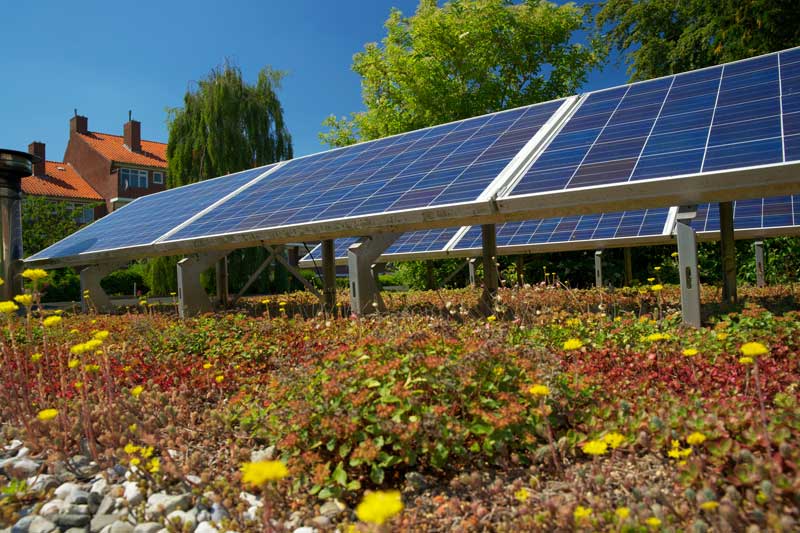Green roofs come in many different shapes and formats, but one thing they all have in common, is that they all offer a raft of benefits. As well as ticking boxes in a planning application, a well designed and carefully maintained green roof will benefit the building, its occupants, its owners and the wider environment in many different ways.
The level of green roof benefits realised will vary according to the purpose of the roof, its design features, its construction and the maintenance regime. Here at the Green Roof Organisation we want to encourage and assist architects and planners in making decisions which result in as many green roof benefits as possible being attained.
What Are The Main Green Roof Benefits?
- Rainwater Attenuation And Sustainable Drainage
- Biodiversity Net Gain
- Improved Air And Water Quality
- Countering Climate Change And The Urban Heat Island Effect
- Aesthetic Enhancement
- Provision of Amenity Space
- Potential For Food Production
- Energy Savings And Lower Building’s Running Costs
- Increased Lifespan Of Waterproofing
- Quieter Buildings
- Enhanced Efficiency of Solar Panels
- BREEAM credits
- Wellbeing Benefits For Buildings’ Users

A biosolar roof serves several functions including electricity generation, wildlife habitat, protection for the waterproofing layer, and noise amelioration.
How To Maximise Green Roof Benefits
Naturally, each green roof specified will likely have a primary purpose. Often that will be related to planning permissions. For example, restricting rainwater runoff from a site to Greenfield levels for a 100 year storm event. And whilst the building will be carefully designed to achieve those aims, it makes perfect sense to maximise on any other benefits that a green roof can offer.
At the same time as helping with rainwater attenuation a living roof can easily house a raft of PV panels to generate electricity. Or why not harness that otherwise unused space for an urban farming project?
Having a good awareness of green roof benefits allows architects and developers to fashion buildings that can effectively multi-task. A well designed and carefully constructed living roof will be advantageous to wildlife, the environment, communities and the building’s bill-payers. How many other architectural features can match that?
How To Design a Multi-Functional Green Roof
The first step to maximising green roof benefits is to download and read a copy of the GRO Green Roof Code. Having a thorough understanding of the potential benefits of a green roof and how different elements of the design contribute to those benefits is key to specifying a successful living roof.
No two green roofs are the same and so a ‘copy and paste’ approach to specifying is completely inappropriate. Having conducted your research, it’s worth contacting a GRO contractor member who can work with you to specify the various elements of the design.
The GRO technical team is always on hand to advise and answer questions. Please do not hesitate to contact us if you need us. Simply email technical@greenrooforganisation.org for a speedy and objective reply.

